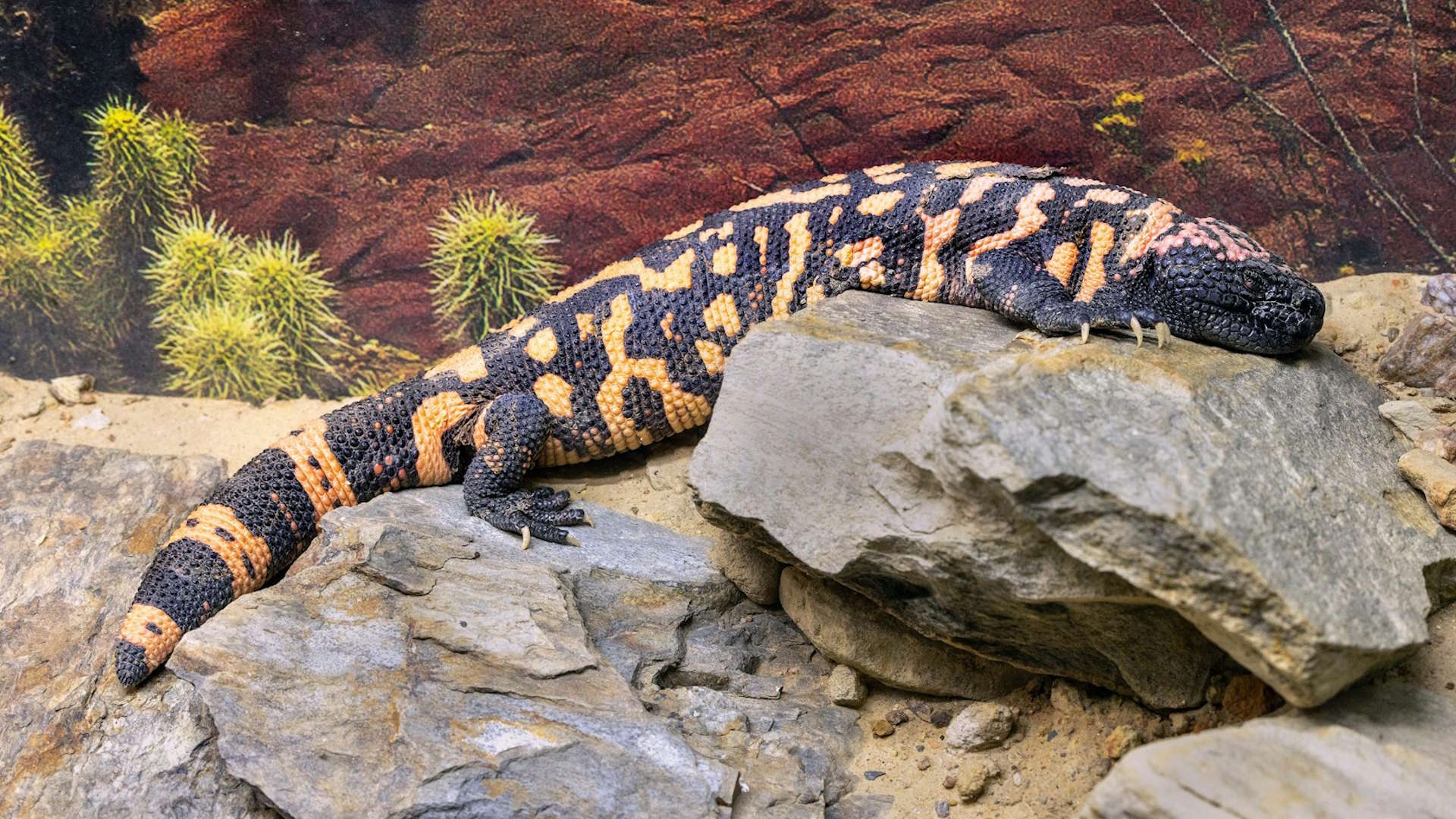Exotic reptiles can make fascinating pets, but they also come with unique challenges—particularly when they display aggressive behaviors. Whether you’re a professional herpetologist, a dedicated hobbyist, or suddenly finding yourself caring for a temperamental reptile, understanding how to safely interact with aggressive specimens is crucial. This comprehensive guide will explore the specialized techniques, equipment, and mindset required to manage potentially dangerous reptiles while ensuring both your safety and the animal’s wellbeing. From recognizing warning signs to creating appropriate handling protocols, these strategies will help you confidently address aggression in exotic reptile species.
Understanding Reptile Aggression: Natural Behavior vs. Problematic Signs
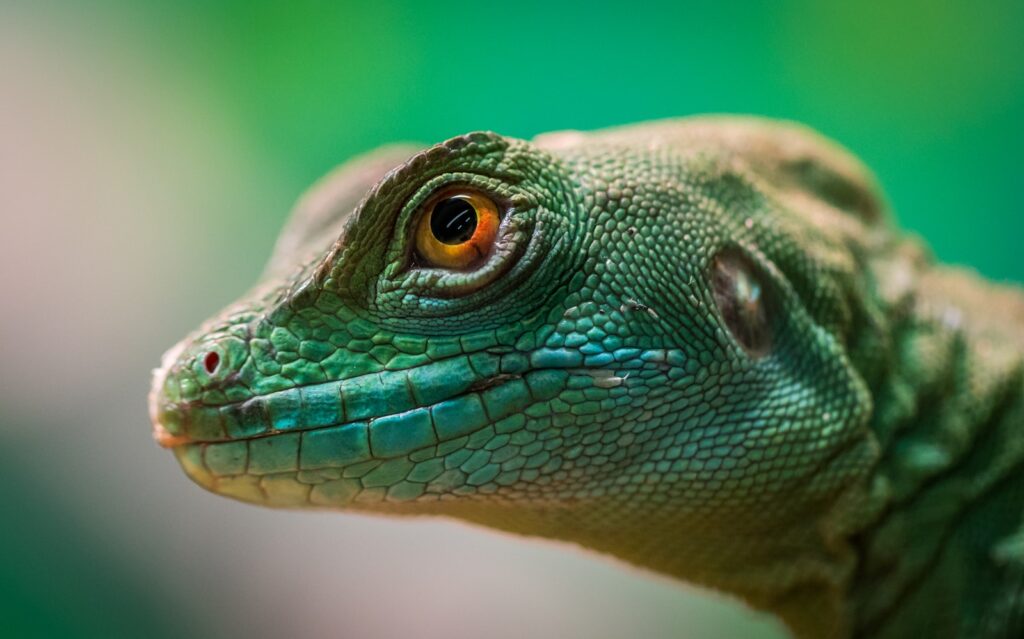
Before attempting to handle any aggressive reptile, it’s essential to differentiate between natural defensive behaviors and true aggression. Many reptiles display what appears to be aggressive behavior when they’re actually exhibiting normal defensive responses to perceived threats. For example, a bearded dragon bobbing its head and displaying its beard isn’t necessarily aggressive but may be expressing territorial behavior or stress. True aggression often involves unprovoked striking, biting, tail whipping, or charging behaviors that persist even without external triggers. Understanding the species-specific body language and behavioral cues is critical—what constitutes normal behavior in one species might indicate severe stress or aggression in another.
Essential Safety Equipment for Handling Aggressive Reptiles

Proper safety equipment forms your first line of defense when working with aggressive exotic reptiles. At minimum, invest in thick, puncture-resistant gloves designed specifically for reptile handling—standard gardening or work gloves won’t provide adequate protection against powerful bites or sharp claws. Snake hooks, tongs, and shields are essential tools for venomous or large species, allowing you to maintain safe distance while still exercising control. For larger monitors, crocodilians, or particularly aggressive snakes, consider transparent acrylic shields that allow visibility while providing protection. Always have secure, escape-proof containers readily available for emergency transfers, and keep a comprehensive first aid kit specifically designed for reptile-related injuries nearby.
Creating a Safe Handling Environment
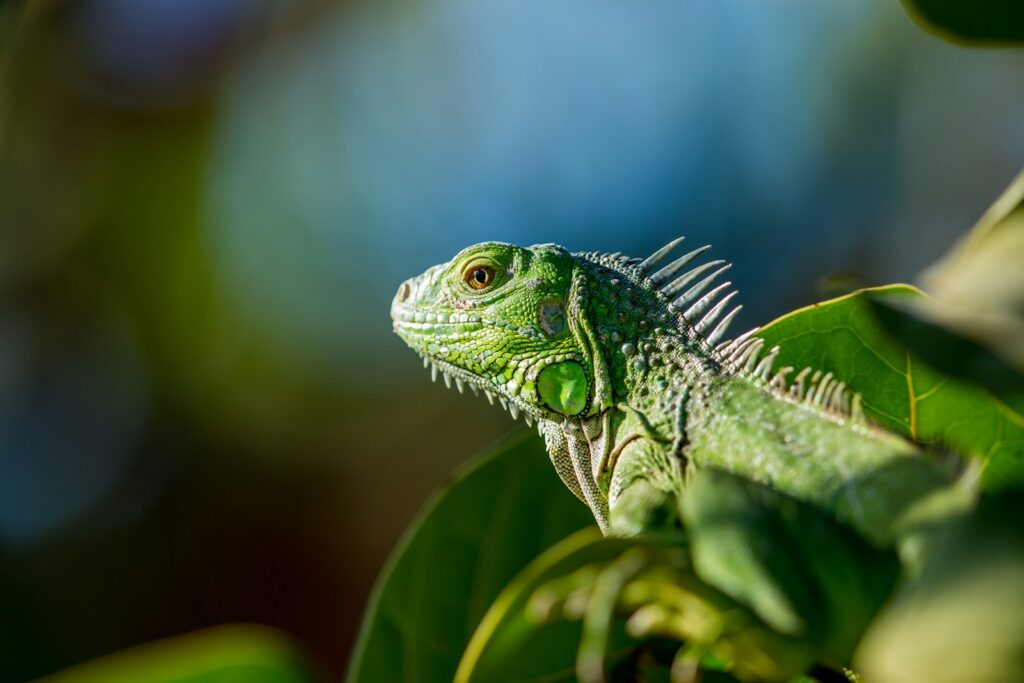
The environment in which you handle aggressive reptiles can significantly impact both safety and success. Always work in a confined, escape-proof room with doors that close securely and no hiding spots that would make retrieval difficult if the animal escapes your grip. Remove all valuables, breakables, and unnecessary items from the area to create a clutter-free workspace. Ensure the temperature is appropriate for the species, as being too cold can make reptiles sluggish and unpredictable, while excessive heat may increase aggressive tendencies. Have proper lighting that illuminates the entire space without creating disorienting shadows or blind spots. Additionally, consider placing non-slip mats or towels on smooth surfaces to provide better traction for both you and the animal during handling sessions.
Species-Specific Handling Techniques
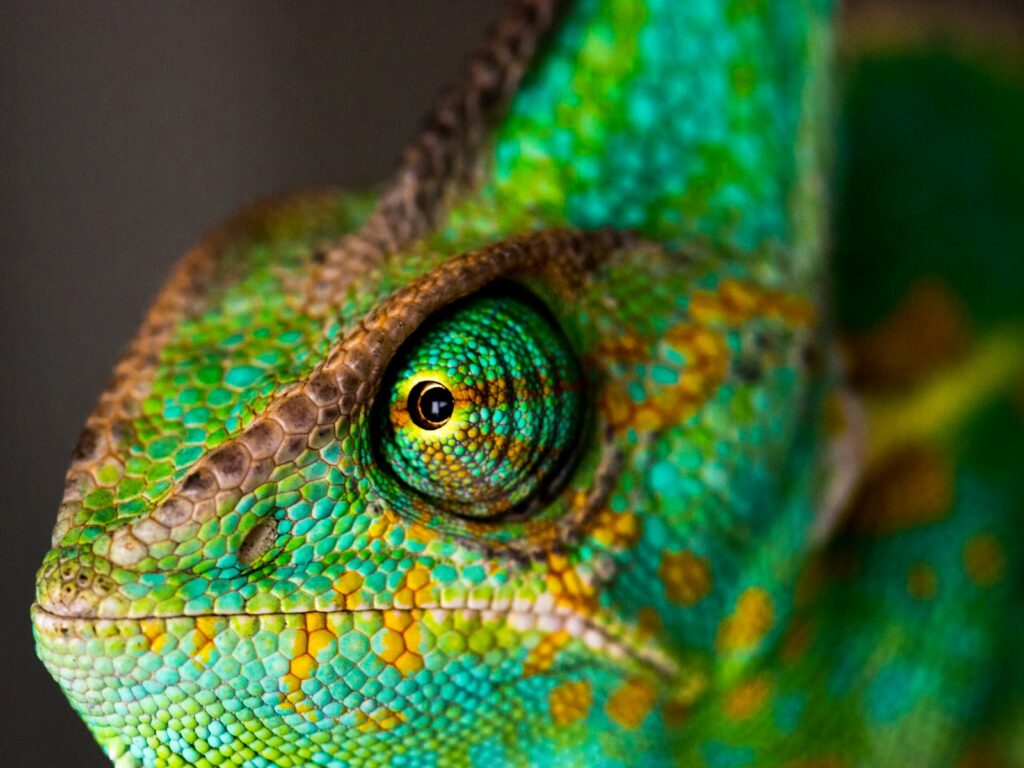
Different reptile species require distinct handling approaches based on their natural behaviors and defensive mechanisms. Large constrictors like pythons and boas require support along their entire body length and often need multiple handlers for specimens over 6-8 feet. Venomous snakes should only be handled by trained professionals using specialized equipment like snake hooks and tubes for restraint. Monitor lizards, known for their intelligence and powerful tails, require a handling technique that controls both the head and tail simultaneously. Crocodilians have tremendous bite force and should be approached with extreme caution, typically with their mouths secured first before any handling. For smaller aggressive lizards, supporting them from underneath while gently restraining their head region often proves most effective.
Recognizing Warning Signs Before Attacks
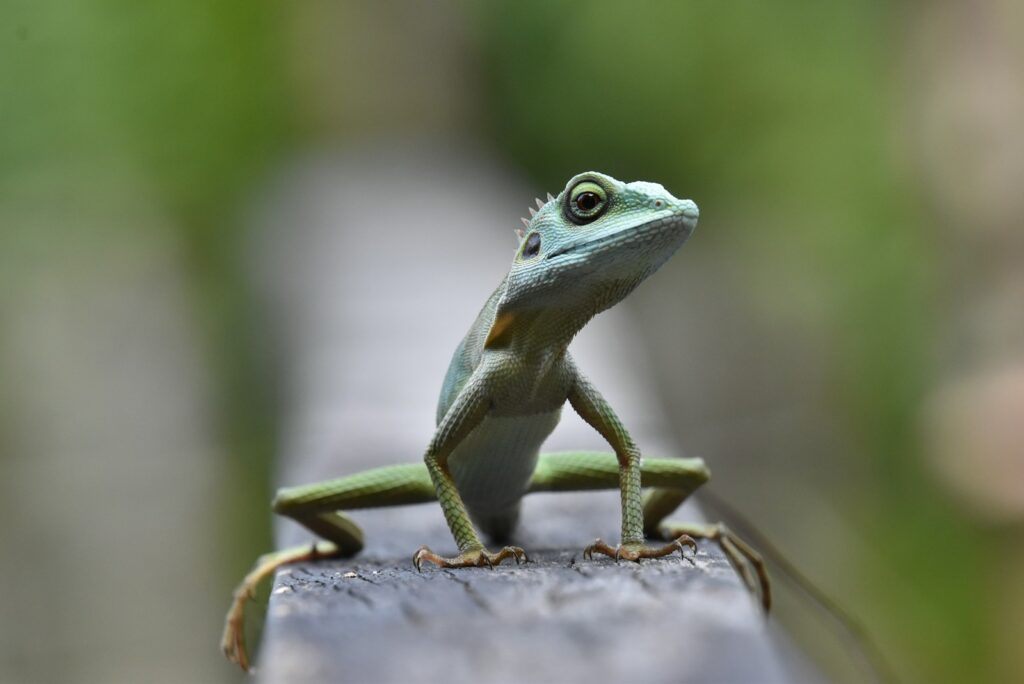
Successful handling of aggressive reptiles heavily depends on your ability to read their pre-aggressive signals. Most reptiles give clear warnings before striking or attacking that, when recognized early, allow you to adjust your approach. Snakes typically coil their bodies, flatten their heads, hiss loudly, or display rapid tongue flicking when preparing to strike. Lizards may puff up their bodies, gape their mouths, change color patterns, or position themselves sideways to appear larger before becoming aggressive. Turtles and tortoises typically retract into their shells initially but may lunge with surprising speed if continuing to feel threatened. Watching for dilated pupils, tense muscles, and changed breathing patterns across all reptile species can provide crucial early warning of imminent aggressive behavior.
Proper Restraint Methods That Minimize Stress
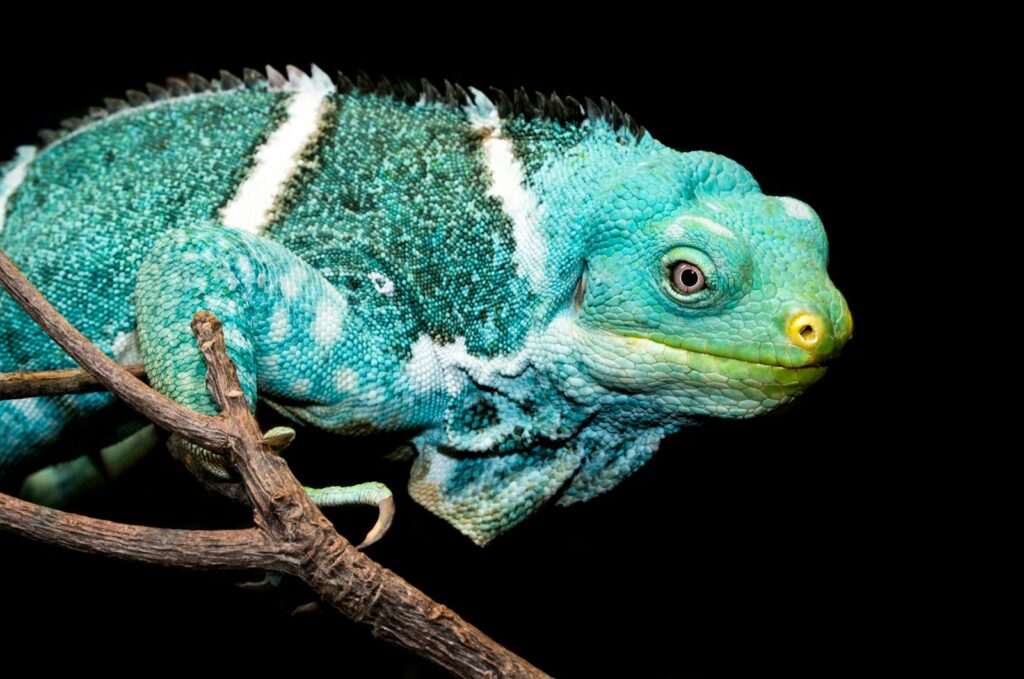
Restrained handling should always balance control with minimal stress to the animal. For non-venomous snakes, the proper technique involves grasping them behind the head while supporting the body with your other hand or arm—never suspend a snake by its head alone as this can cause serious spinal injuries. When working with aggressive lizards, supporting the body from underneath while controlling the head region is typically most effective. For chelonians like snapping turtles, specialized handling tools like shell grips may be necessary, as improper handling can result in serious bites. Chemical restraint through sedation should only be performed by veterinarians as a last resort for medical procedures. Remember that proper restraint isn’t about dominating the animal but rather controlling it in a way that prevents injury to both the handler and the reptile.
Emergency Protocols for Bites and Attacks
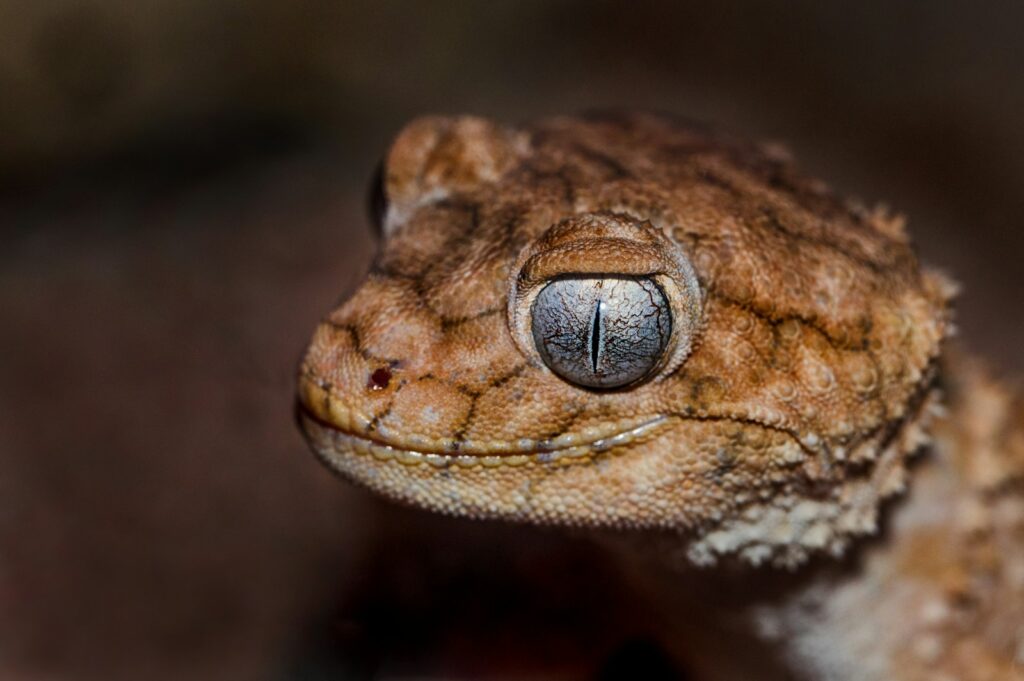
Despite taking precautions, accidents can happen when working with aggressive reptiles, making emergency preparation essential. For non-venomous bites that break skin, immediately clean the wound with antibacterial soap and water, apply pressure to stop bleeding, and seek medical attention—reptile mouths harbor bacteria that can cause serious infections. If bitten by a venomous species, remain calm to slow venom circulation, immobilize the bitten area below heart level, remove any constrictive clothing or jewelry near the bite, and call emergency services immediately—do not apply tourniquets or attempt to suck out venom. For constricting snakes that have wrapped around a person, unwrapping should start from the tail end, using alcohol or hand sanitizer near the snake’s nose as an irritant to encourage release if necessary.
Behavioral Modification Techniques
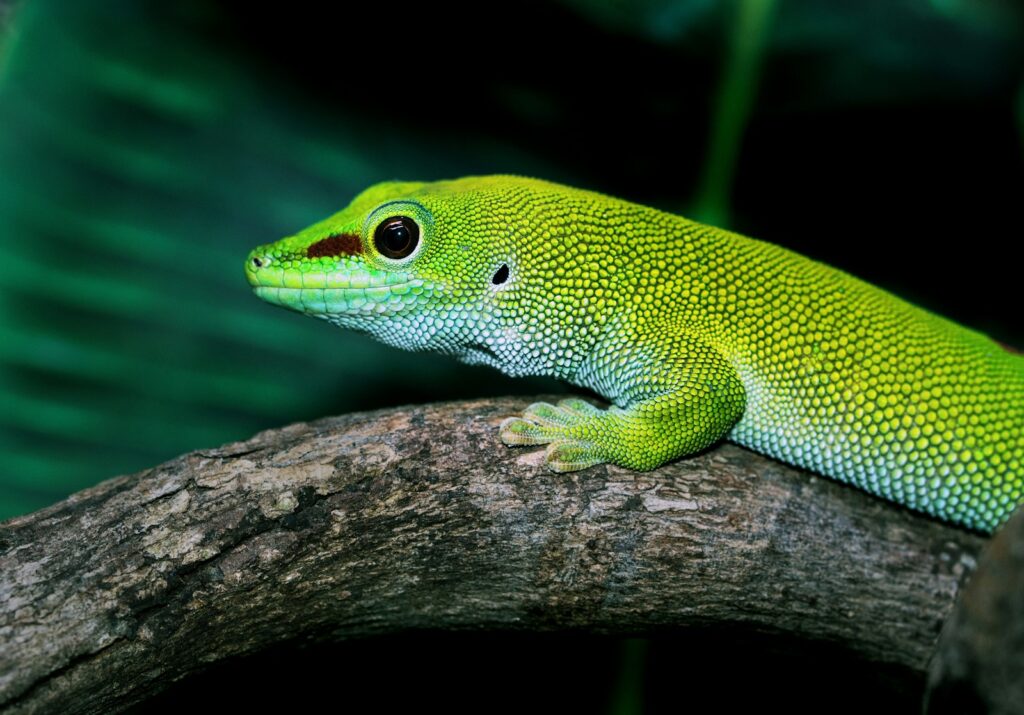
While some reptiles remain naturally defensive, many aggressive behaviors can be modified through proper conditioning and environmental management. Consistent, gentle handling sessions that gradually increase in duration can help desensitize reptiles to human interaction, though this process may take months with particularly aggressive individuals. Target training using positive reinforcement can teach reptiles to associate specific movements or locations with rewards rather than defensive responses. Environmental enrichment that allows for natural behaviors—like climbing, burrowing, or exploring—often reduces stress-related aggression. Avoid negative reinforcement techniques like tapping on the nose or spraying with water, as these typically increase fearfulness and aggression in the long term.
Nutritional Considerations Affecting Behavior

Diet plays a surprisingly significant role in reptile behavior, with nutritional deficiencies or improper feeding practices often contributing to increased aggression. Hypoglycemia from irregular feeding schedules can trigger resource-guarding behaviors and feeding aggression in many species. Calcium and vitamin D3 deficiencies affect neurological function and can cause irritability and unpredictable behavior changes. Overfeeding can lead to obesity and associated health problems that make reptiles more defensive and less comfortable being handled. Prey size and type matter as well—feeding items that are too large can cause digestive discomfort that manifests as aggression, while live feeding may stimulate hunting instincts that transfer to human interactions.
Husbandry Factors That Influence Aggression
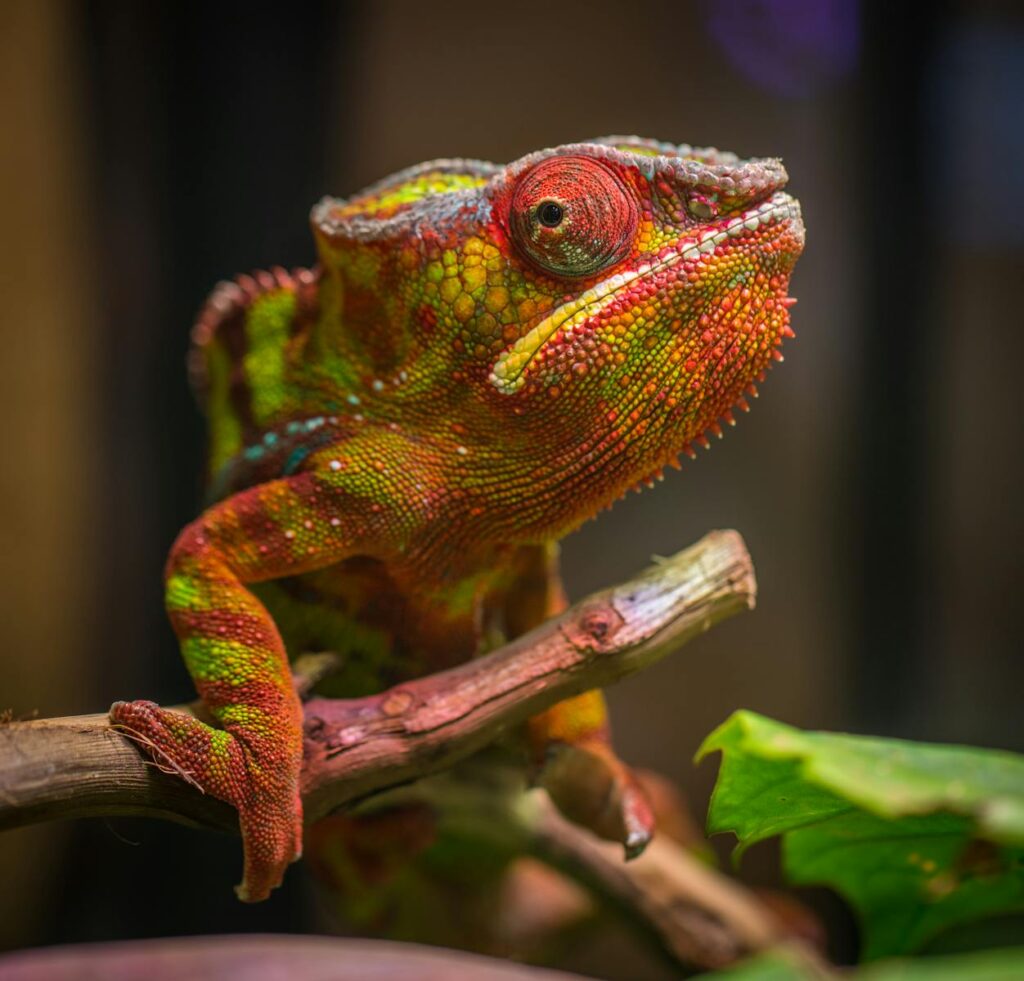
The conditions in which a reptile lives significantly impact its temperament and handling tolerance. Enclosures that are too small create stress and territorial behavior, with many aggressive displays developing simply because the animal lacks adequate space. Inappropriate temperature gradients prevent proper thermoregulation, leading to discomfort that manifests as aggression. Inadequate humidity levels can cause shedding problems that make reptiles irritable and defensive. Additionally, excessive noise, vibration, or visual exposure in high-traffic areas of the home can create chronic stress that manifests as defensive or aggressive behavior when handled. Addressing these husbandry factors often resolves behavioral issues without requiring specialized handling techniques.
Legal and Ethical Considerations
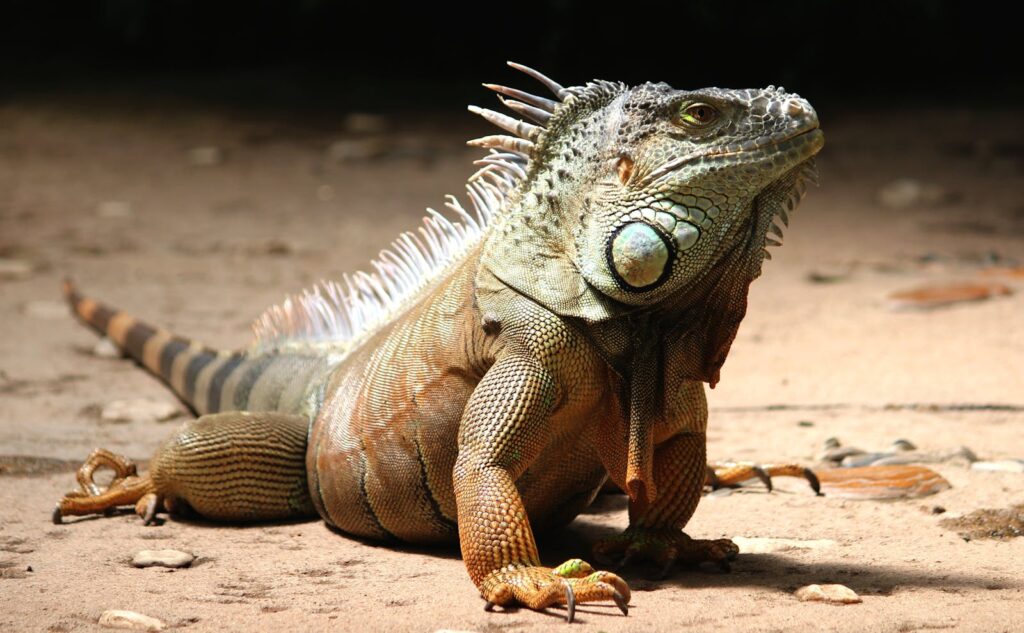
Keeping aggressive exotic reptiles comes with significant legal and ethical responsibilities that cannot be overlooked. Many jurisdictions require special permits, liability insurance, or facility inspections for keeping potentially dangerous reptiles—with violations carrying heavy penalties. Proper microchipping or permanent identification may be legally mandated for certain species to prevent illegal release or trading. From an ethical standpoint, consider whether you have the expertise, facilities, and long-term commitment necessary for the species, as many aggressive reptiles can live for decades. Have an emergency succession plan for the animal should you become unable to care for it, as rehoming aggressive specimens can be extremely difficult. Additionally, maintaining detailed records of acquisition, health care, and any incidents is both a legal protection and ethical responsibility.
Working with Specialized Professionals
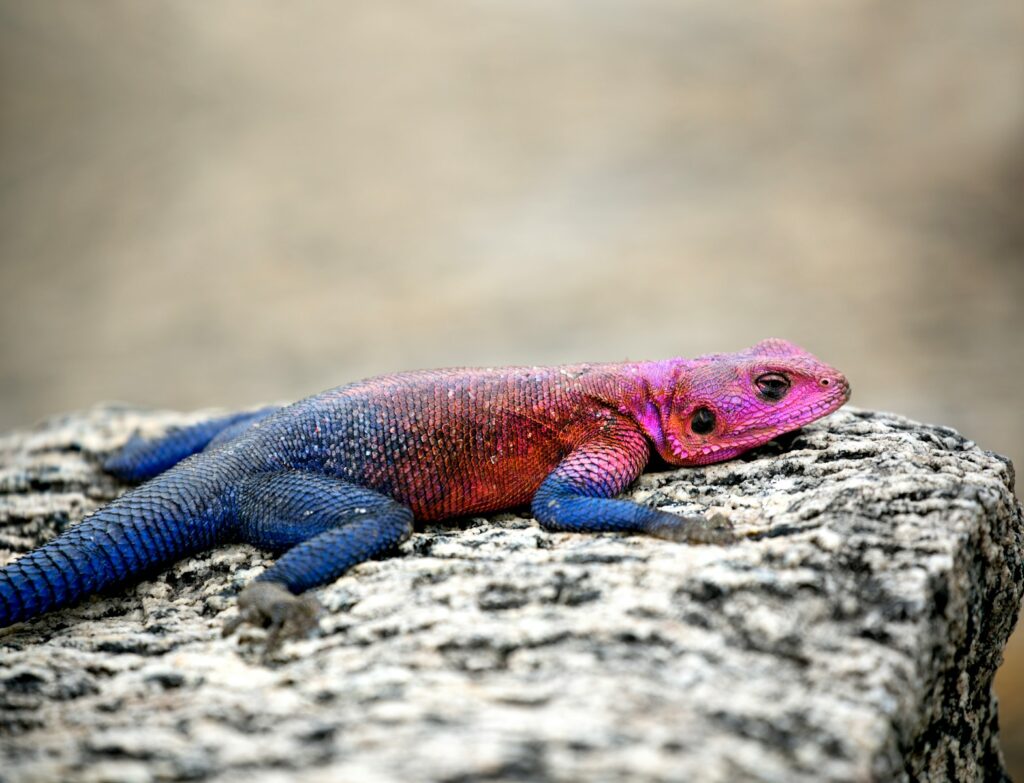
For particularly challenging cases, don’t hesitate to engage with professionals who specialize in reptile behavior. Veterinarians with reptile expertise can rule out medical causes of aggression, which might include pain, infection, or neurological issues that aren’t immediately apparent. Professional reptile handlers or herpetologists can provide hands-on training for proper handling techniques specific to your species. Some zoological institutions offer private workshops on handling aggressive species safely, which provide invaluable supervised practice. For venomous species, connecting with local herpetological societies can provide mentorship opportunities with experienced keepers who understand the specific challenges these animals present.
When to Consider Rehoming or Specialized Placement
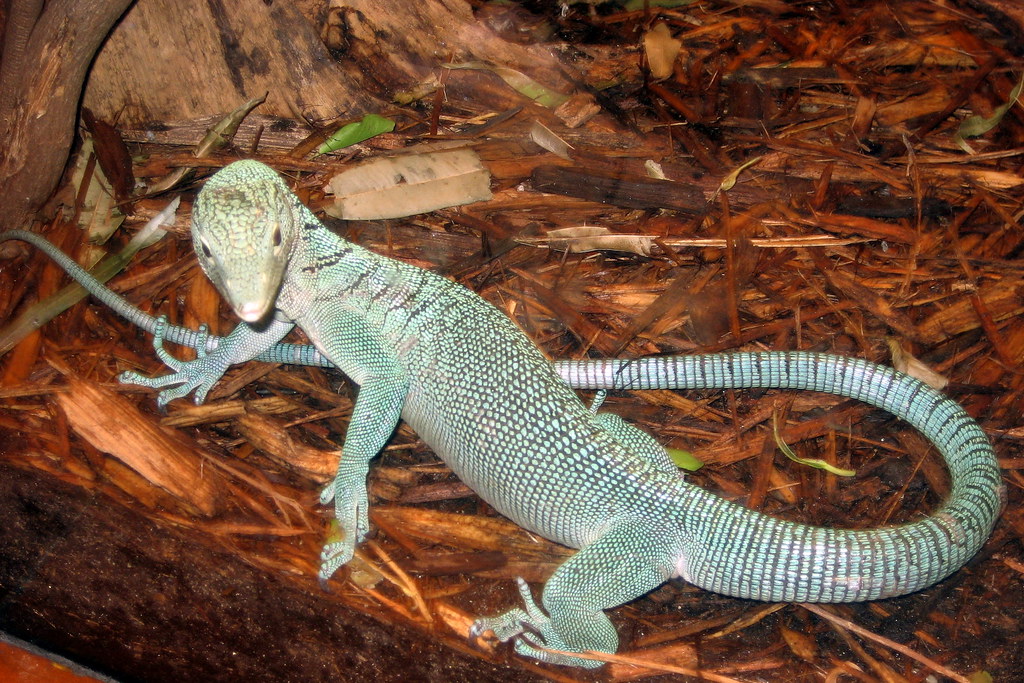
Sometimes, despite best efforts, certain reptiles remain dangerous to keep in a private setting. Recognize when an animal exceeds your ability to manage safely—there’s no shame in acknowledging when a specimen’s temperament or size makes it unsuitable for your situation. Professional wildlife sanctuaries, zoological institutions, or specialized reptile rescues may provide better homes for exceptionally aggressive individuals. Before rehoming, document all behaviors, husbandry practices, and handling techniques you’ve attempted to assist the new caretakers. Be extremely cautious about private rehoming of dangerous specimens, as the new owner may not fully understand the risks involved. In some cases with extremely dangerous specimens that cannot be safely placed, ethical euthanasia performed by a veterinarian may be the most responsible option, though this should always be a last resort.
conclusion
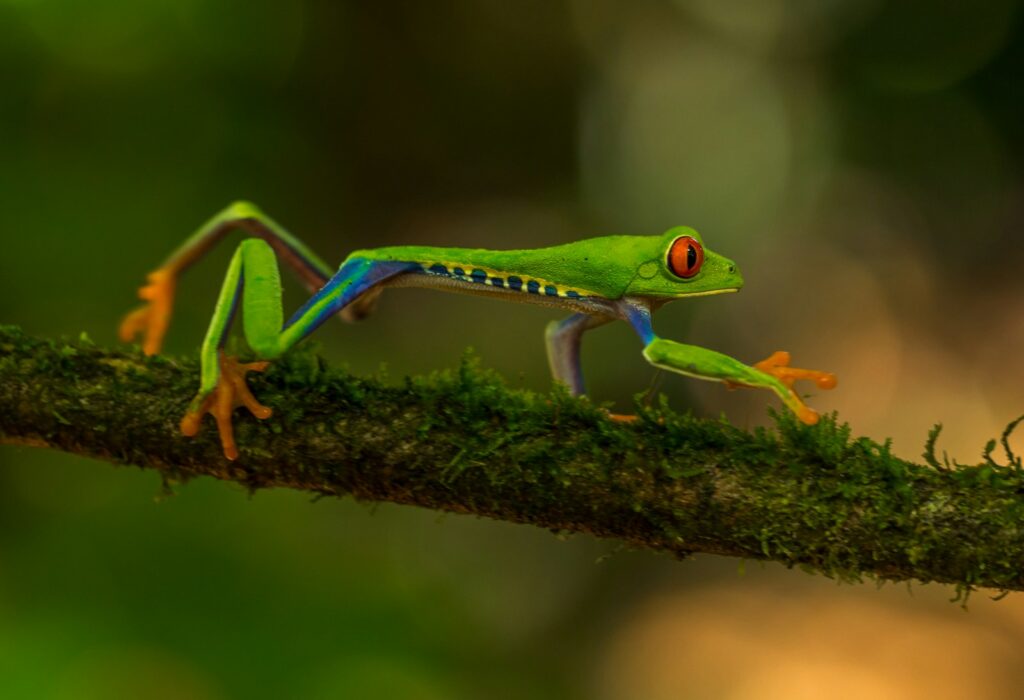
Handling aggressive exotic reptiles requires a combination of knowledge, proper equipment, and respect for the animal’s natural behaviors. By understanding species-specific needs and implementing appropriate safety protocols, keepers can minimize risks while still providing quality care. Remember that aggression often stems from fear, discomfort, or natural defensive instincts—not malice. With patience, consistent handling, and proper environmental management, many reptiles can become more tolerant of necessary interactions over time. However, always prioritize safety and be realistic about your capabilities when working with potentially dangerous species. The most successful exotic reptile keepers recognize that these animals deserve respect for their natural behaviors rather than punishment for acting on instincts they cannot control.


